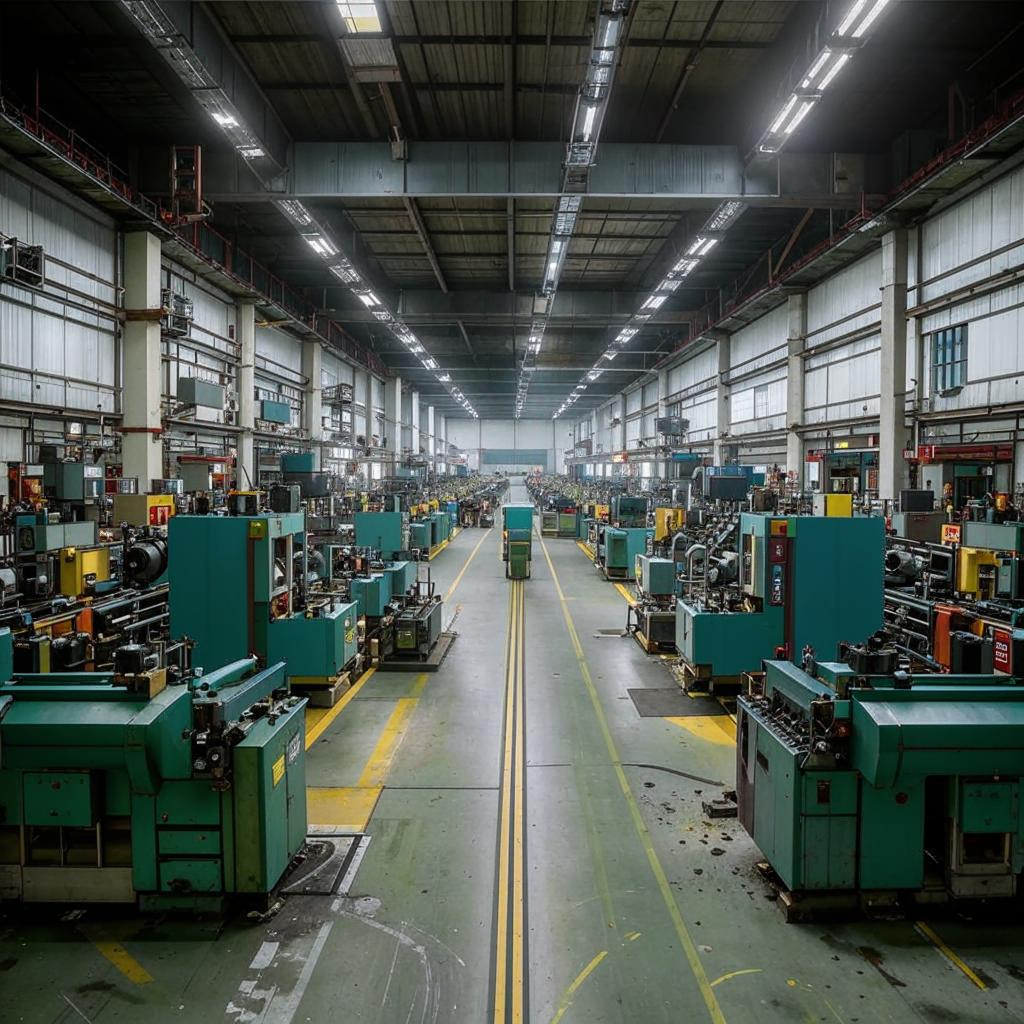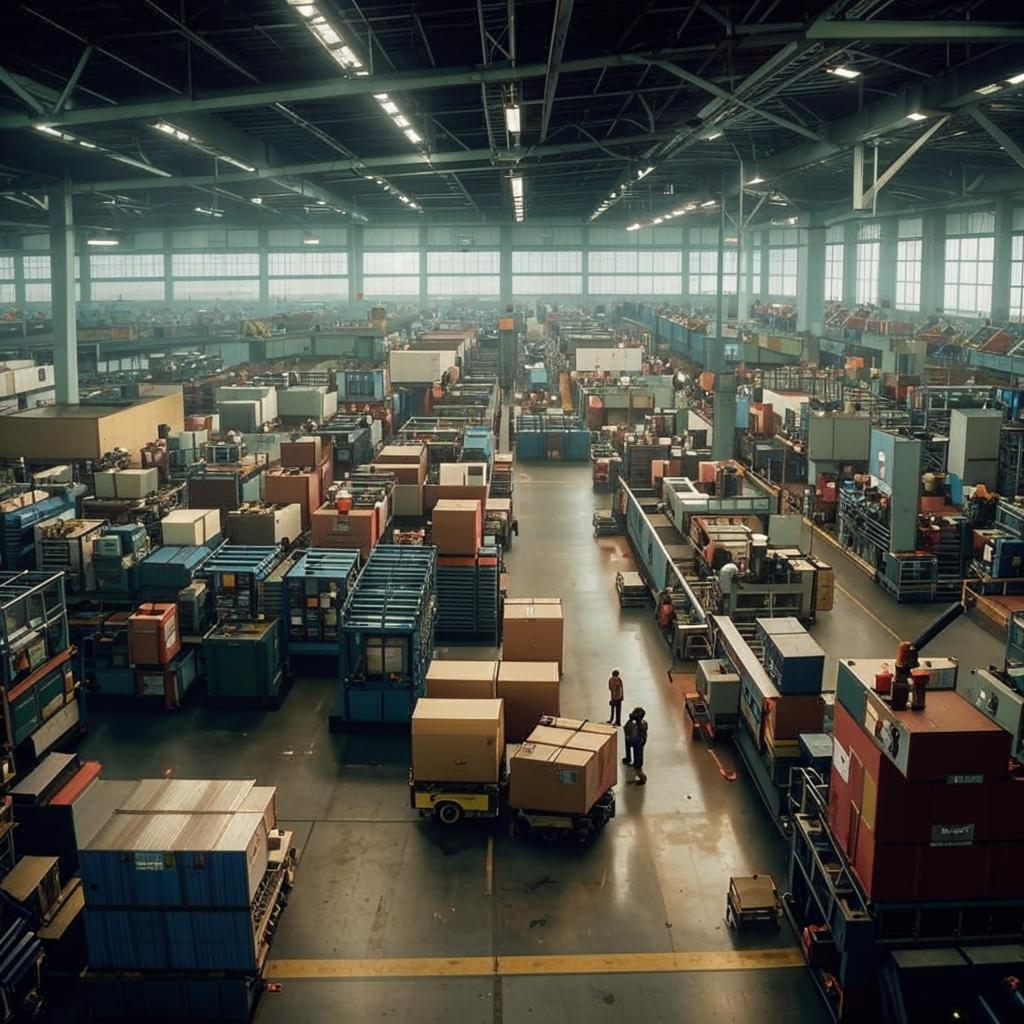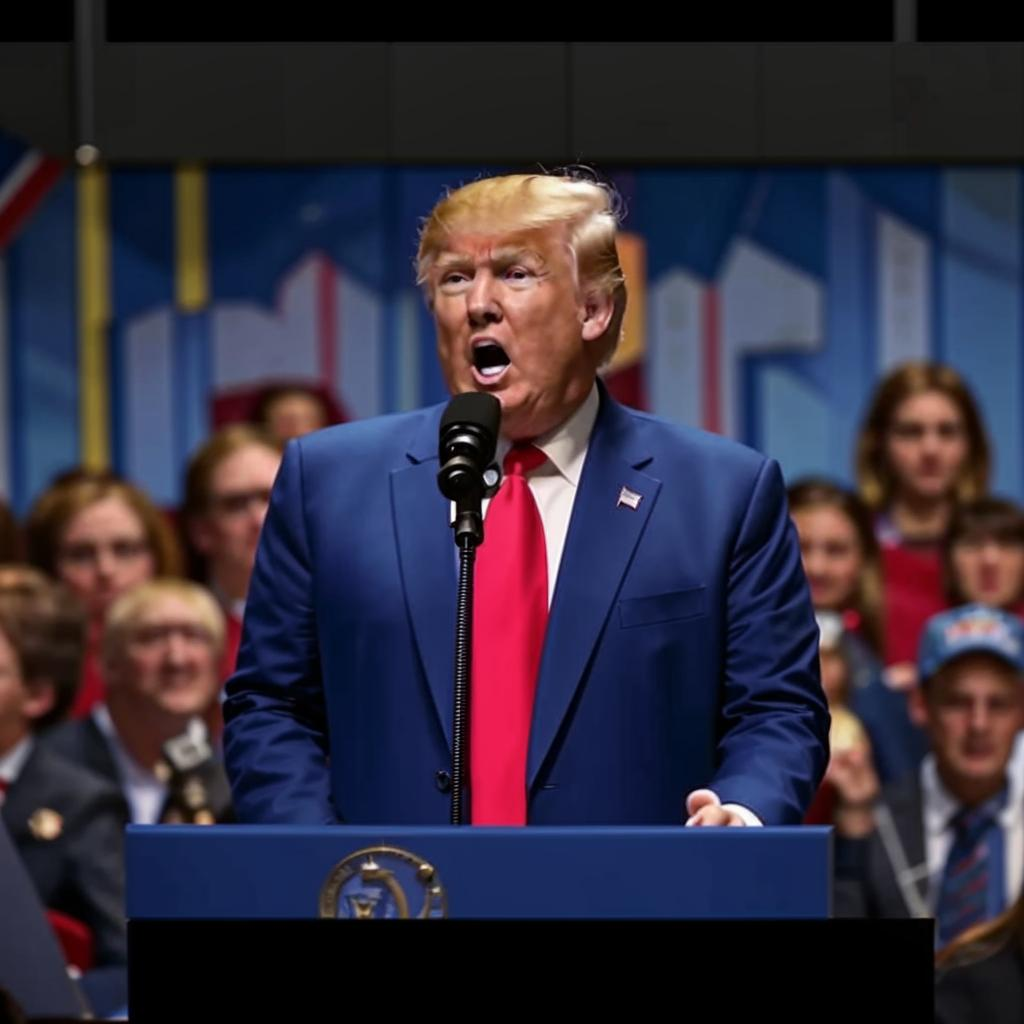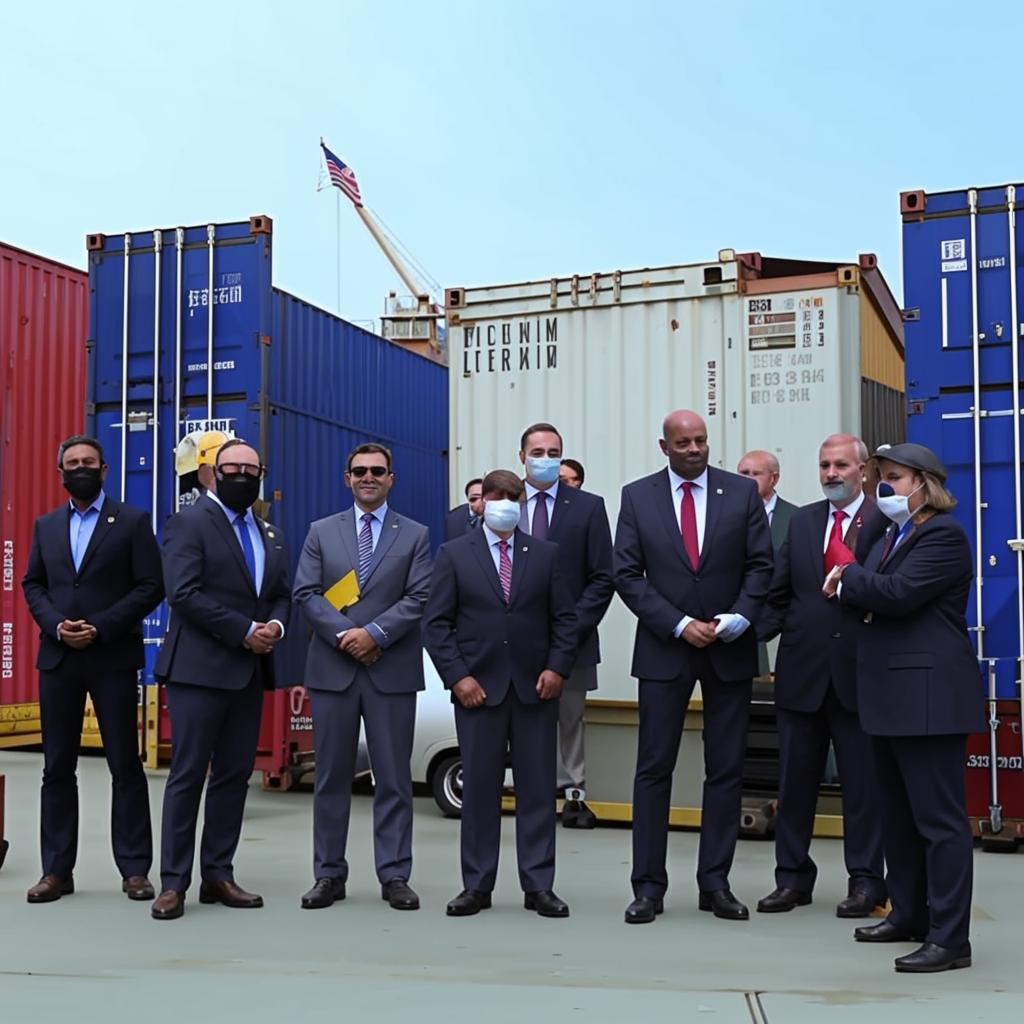The US economy faces significant changes due to tariffs imposed during the Trump administration. These tariffs, primarily targeting goods from China and other nations, aimed to protect domestic industries and reduce trade deficits. However, they’ve also triggered a complex chain of events with far-reaching consequences.
Initially, some US manufacturers experienced a boost as imported goods became more expensive, making their products more competitive domestically. However, this benefit was often short-lived. American businesses that rely on imported materials and components saw their costs rise, squeezing profit margins and forcing them to increase prices for consumers. This contributed to inflationary pressures within the US economy.
Retaliatory tariffs from other countries added another layer of complexity. American farmers, for example, faced reduced export opportunities as key markets like China imposed tariffs on US agricultural products. This led to financial hardship for many farmers and required government intervention in the form of subsidies.
The long-term effects of these trade policies are still unfolding. Economists debate whether the tariffs ultimately benefited or harmed the US economy. Some argue that they strengthened certain industries and encouraged companies to bring production back to the US. Others contend that they disrupted global supply chains, increased costs for consumers, and damaged relationships with key trading partners.
The Biden administration has maintained some of the Trump-era tariffs, while also seeking to negotiate new trade agreements. Navigating this complex landscape requires careful consideration of the potential impacts on various sectors of the US economy and its relationships with the rest of the world. The ‘tidal wave of change’ continues to reshape the economic landscape. The full impact of these policies will be felt for years to come.















